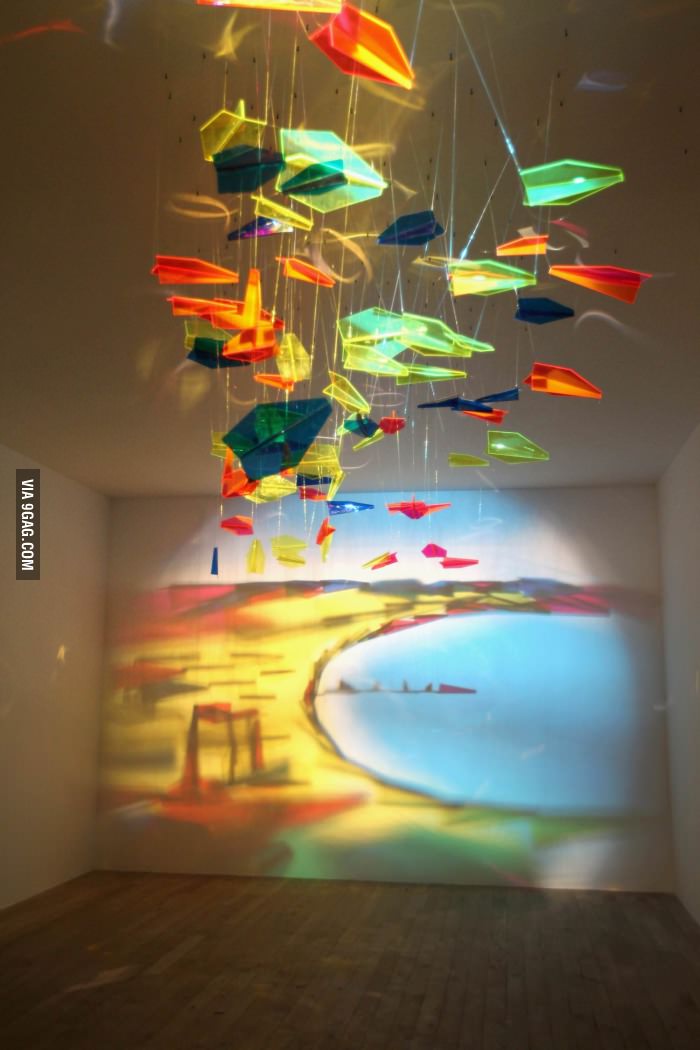This is a vague question, and I will no doubt be (properly!) chastised for posing it.
I would like to generate a set $S$ of points in $\mathbb{R}^3$—$|S|$ finite or infinite—which
has the property that, viewing $S$ under orthogonal projection along a random direction $\vec{u}$ results
in a more-or-less generic, undistinguished cloud of points. But, there is some specific projection
direction $\vec{u^*}$, where suddenly (if one were 3D-rotating the points under mouse control) the cloud resolves itself, through unlikely point alignments, to paint a recognizable image, e.g.,

Is this an impossible :-) hope?
Update.
Following Michael Murray's recipe, with $10,000$ points within a cube in $\mathbb{R}^3$, three different viewpoints:

(Somehow my analytical smiley has a Halloween evil glint!)
PS(31 Oct 2012). Happy Halloween!

Another addition (23Jun2018):

(Image from John Urschel / MoMath video.)






